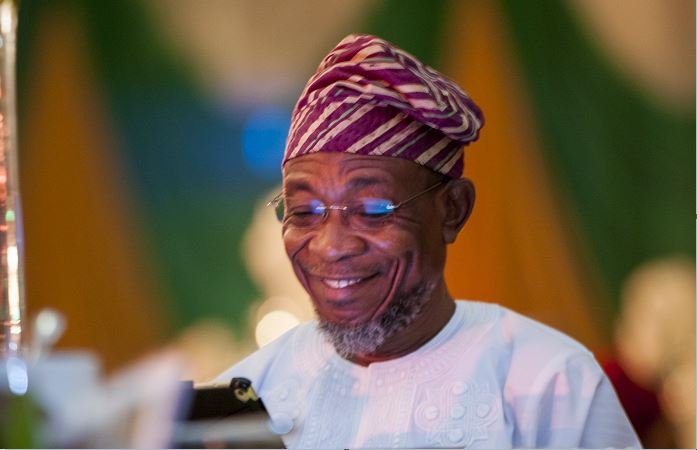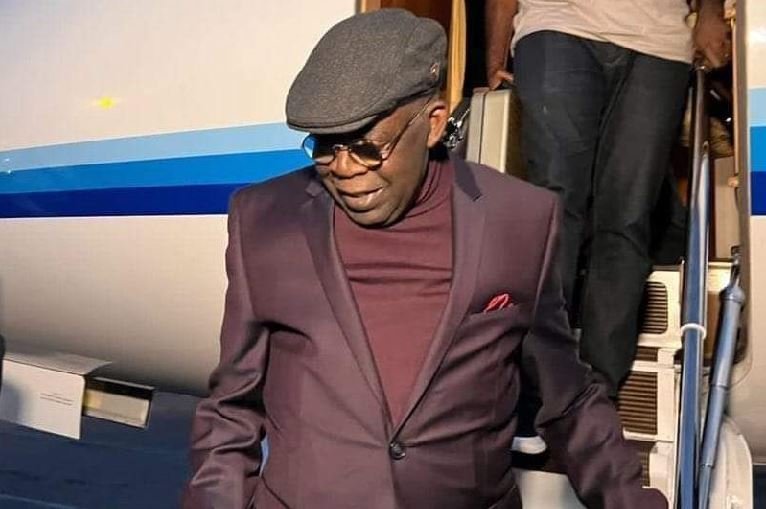Five days after a massive earthquake hit central Japan, at least 110 people have been reported dead.
The death toll from New Year’s Day’s 7.5-magnitude earthquake in the Ishikawa region of Japan’s main Honshu island was expected to grow, with 210 people still missing, authorities said.
Bad weather has complicated the efforts of thousands of rescue personnel, with snow expected on Sunday and highways torn apart by gaping fractures and obstructed by an estimated 1,000 landslides.
On Friday, a dog barked while an AFP team was filming the clean-up operation in Suzu, where dozens of homes were destroyed, signaling a terrible finding.
“Training disaster rescue dogs begins with something similar to a game of hide-and-seek,” canine trainer Masayo Kikuchi told AFP.
“Finally, they are trained to bark when seeing a person under the rubble,” Kikuchi stated.
Houses where fatalities have been discovered are marked and left alone until a coroner and relatives arrive to identify the deceased.
Tsunami waves in the port city sank or lifted fishing boats like toys into the shore, reportedly taking one person with them.
Shiromaru, a coastal village struck by a several-meter-high tsunami on January 1, was a tangled mess of wooden, metal, and plastic wreckage.
“The tsunami came from the cove of Shiromaru through the river and then ran up through the street,” said one of its roughly 100 residents, Toshio Sakashita.
“We have received no public support here. Look, the main street is still blocked due to the rubble, which has been left untouched,” the 69-year-old told AFP.
“We cannot live in our house anymore,” Yukio Teraoka, 82, told AFP as he and his wife shovelled heavy, sodden sand brought by the waves out of their wrecked home.
Local authorities reported 110 deaths on Saturday, with another 210 still missing.
“We sincerely pray for the repose of the souls of those who have passed away,” Prime Minister Fumio Kishida said on X, formerly Twitter.
In an emergency response meeting, he warned ministers that roads needed to be repaired “urgently and swiftly” to help hundreds of people in isolated places.
Despite icy relations with Japan, North Korean leader Kim Jong Un expressed “deep sympathy and condolences,” according to state news agency KCNA, echoing the US, China, and other countries.
The Ishikawa region had over 23,800 houses without electricity and more than 66,400 without running water.
Power and water disruptions have also disrupted hospitals and facilities that care for the elderly and crippled.
More than 30,000 individuals were housed in 357 government shelters.
Every year, Japan sees hundreds of earthquakes, the majority of which do little damage, thanks to tight building rules in place for more than 40 years. However, many buildings are older.
Residents in Japan are scarred by the 2011 monster quake, which unleashed a tsunami that killed or disappeared approximately 18,500 people and created a nuclear disaster at the Fukushima plant.











